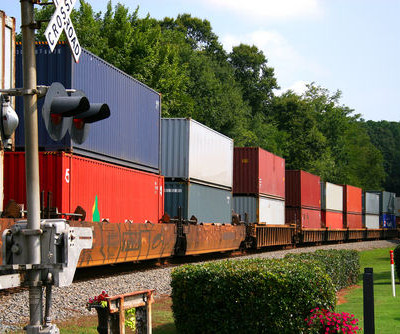U.S. Freight Logistics Industry Recession Continues with Some Hopeful Signs
Supply Chain Matters
MAY 22, 2023
According to the April report commentary , the industry remains hopeful in new signs indicating that retailers and manufacturers are getting closer to working off the overall glut of inventories that resulted in 2022. Global Manufacturing Activity Levels Global manufacturing activity as depicted by the J.P. remains unclear.






























Let's personalize your content